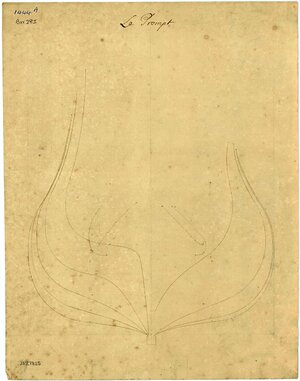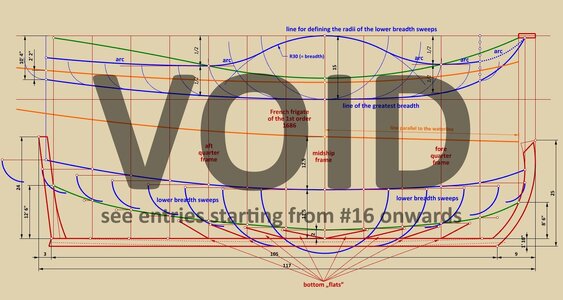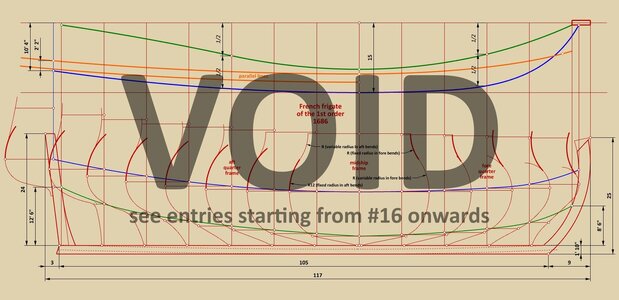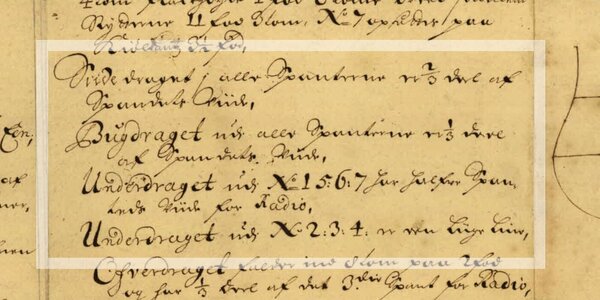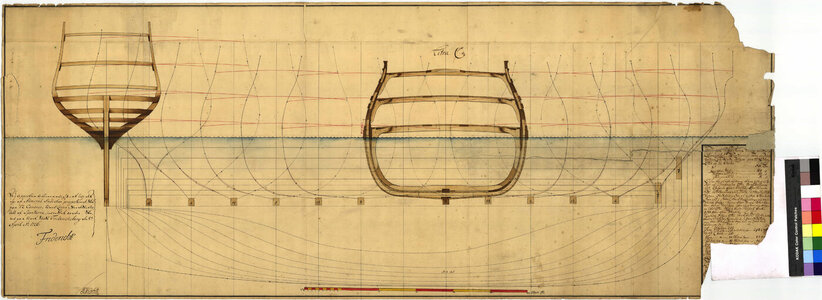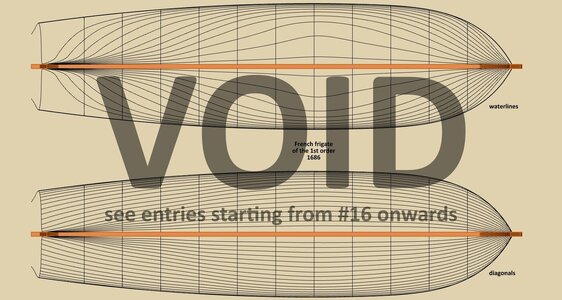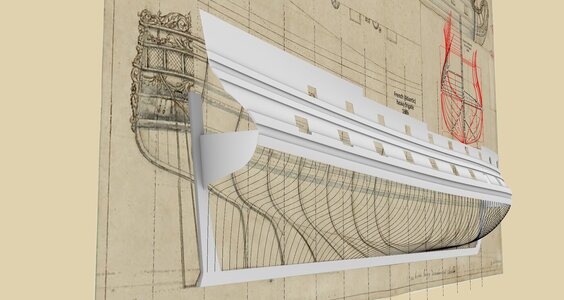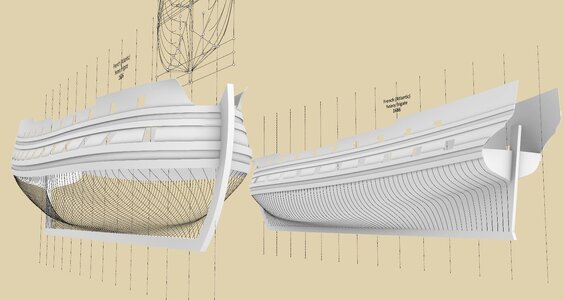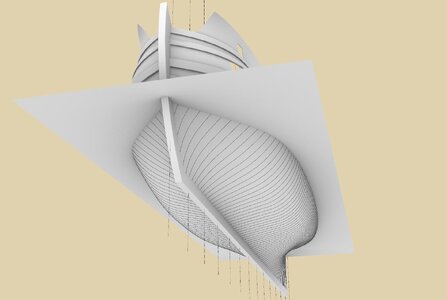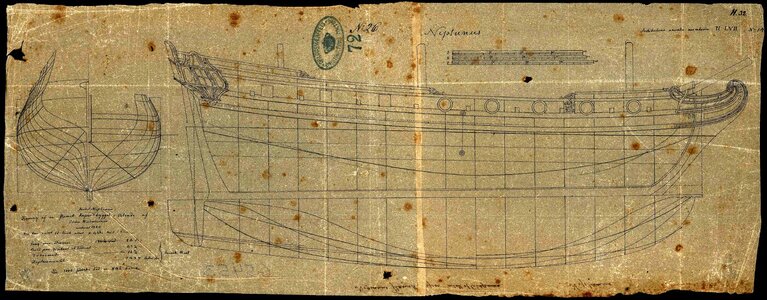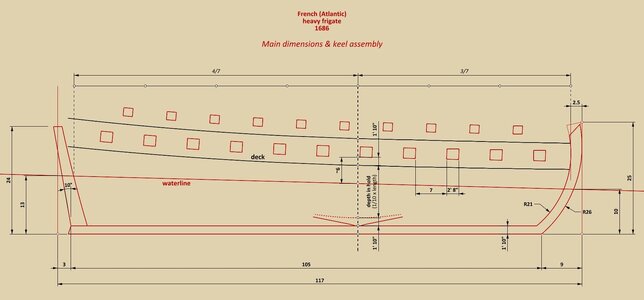.
This plan of a heavy frigate, drawn up by the French shipwright P. Chaillé in 1686, is a real gem. First of all, until now it was virtually unknown what conceptual methods were used on the Atlantic coast of France (Ponant) until the very last years of the 17th century, that is, until the widespread and already complete adoption of methods based on the harmonious division of design diagonals.
Secondly (somewhat retrospectively at this point), it perfectly shows how the methods known to be practised in the southern region of the Netherlands during this period, as described by van Yk, were already applied in an entirely graphic manner by the professional shipwright of the time. Or perhaps it would be better to say that it is not at all a strictly Dutch method, but in fact a common good, applied and developed throughout the entire north of the continent (i.e. on the coasts of Germany, Netherlands, France and Scandinavia), with varying degrees of intensity in the different areas at different times.
It can also be said that this plan allows for a better understanding of the conceptual design tools with which it would be possible today to graphically reconstruct the shapes of ships built in the ways described particularly in the two monumental 17th century Dutch works on shipbuilding and implied by the French royal ordinances of this period.
This plan has already been covered in some detail in the monograph La frégate. Marine de France 1650–1850 by Jean Boudriot, albeit without a detailed explanation of the conceptual method actually employed by its 17th century creator, which can only be recognised through a rather painstaking graphic analysis of the plan.
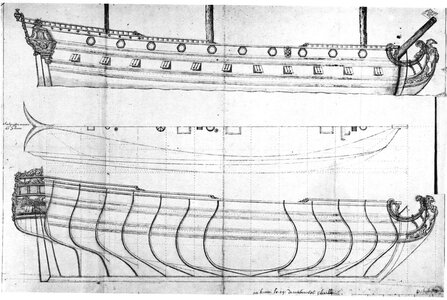
.
Last edited:




